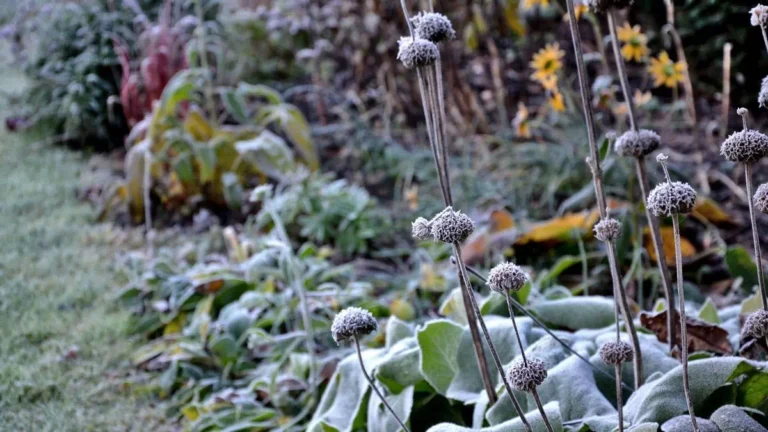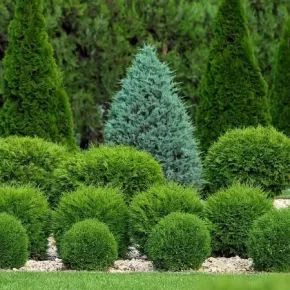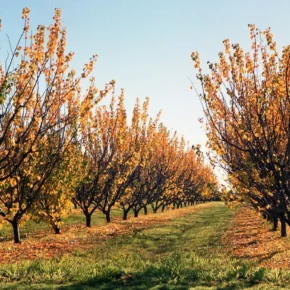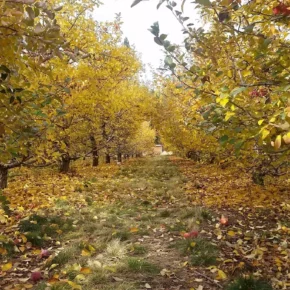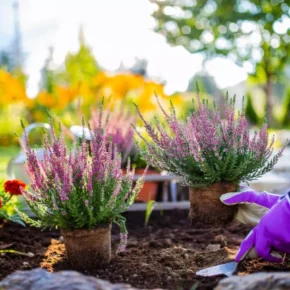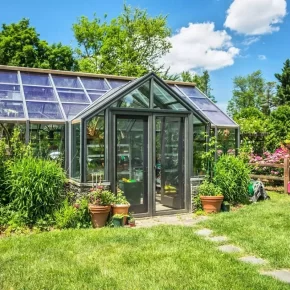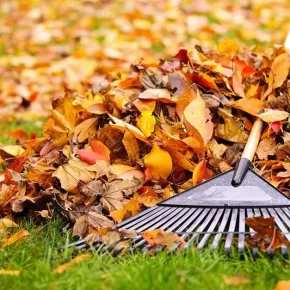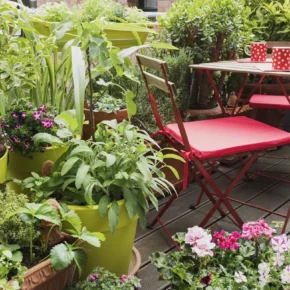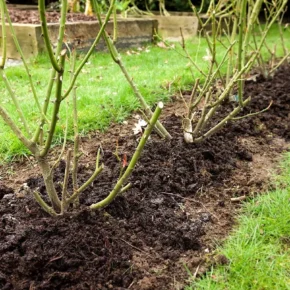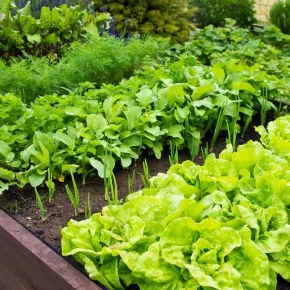Falling temperatures in autumn can negatively affect garden plants, especially those that are sensitive to the cold. To keep your plants healthy and prepared for winter, it is important to take several measures to help protect your plants from frost.
1. Soil mulching

Mulching is one of the most effective ways to preserve heat and moisture in the soil, which significantly helps protect plant roots from freezing:
- Mulch materials : Use natural materials such as straw, fallen leaves, pine needles, sawdust, or wood chips. The thickness of the mulch layer should be about 5-10 cm.
- Time for mulching : Mulching should be done in late fall, when the ground has not yet frozen, but has already become cool.
2. Use of protective coatings

On cold nights, protective coatings will help retain heat around the plants, which minimizes the impact of frost:
- Agrofiber and burlap : These materials allow air to pass through well, protecting plants from the cold. They can be used to cover bushes, low-growing plants and flower beds.
- Greenhouse films : Polyethylene film, which creates the effect of a mini-greenhouse, is suitable for crops that are more sensitive to frost. However, it is necessary to leave a small access for ventilation to avoid excessive humidity.
3. Creating a microclimate using shelters
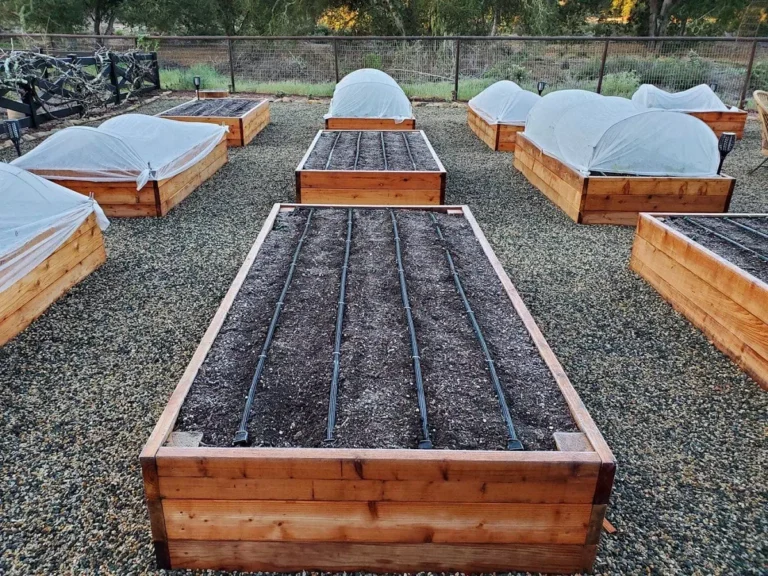
For more heat-loving crops, you can use mini-greenhouses or other types of shelters that will create a microclimate around the plants:
- Greenhouses : Small portable greenhouses or other protective structures are a great choice for garden plants that need special protection.
- Straw and reed mats : These are environmentally friendly materials that not only protect against the cold, but also retain moisture well.
4. Proper watering before frost
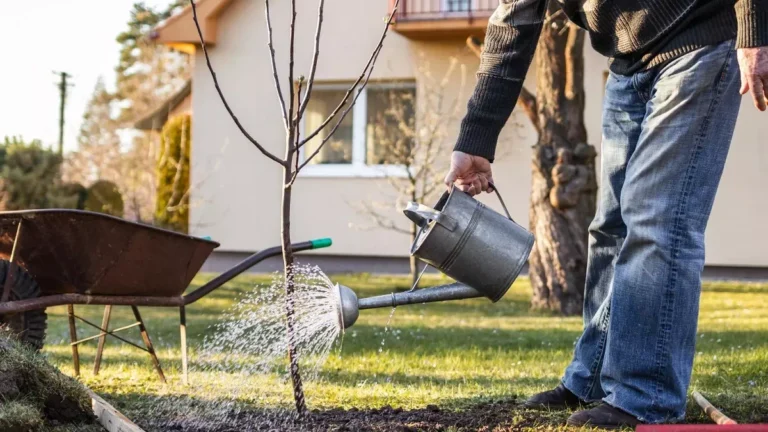
Moist soil is able to retain heat longer, so watering before the onset of cold weather is an important measure to protect plants:
- Last Watering : Water heavily a day or two before expected frost, especially for young seedlings and perennials. Moist soil will help create a kind of protective layer for the roots.
- Monitor the moisture : After watering, it is better to mulch the soil so that the moisture remains securely “packed” inside.
5. Seedlings and young plants
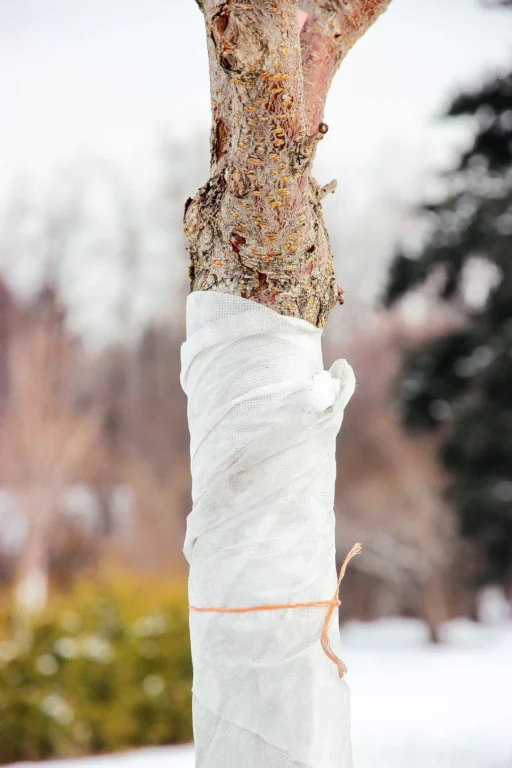
Young plants are especially sensitive to the first frosts. To protect them, you can use several methods:
- Wrapping stems : Young trees can be wrapped with agrofiber or special insulation to protect against early frost.
- Protecting the root system : For shrubs and seedlings, it is best to use a thick layer of mulch to cover the roots, or wrap the trunk with fabric to avoid damage.
6. Protection of fruit trees and bushes

Frosts can negatively affect next year’s harvest, so fruit trees and bushes need special attention:
- Whitening of trunks : Whitening protects against temperature changes and sunburns in the early spring period, when the surface of the trees can overheat.
- Pruning : Avoid pruning in autumn as this can make the plant vulnerable to frost. Most fruit trees are best pruned in the spring.
7. Transferring plants to protected places
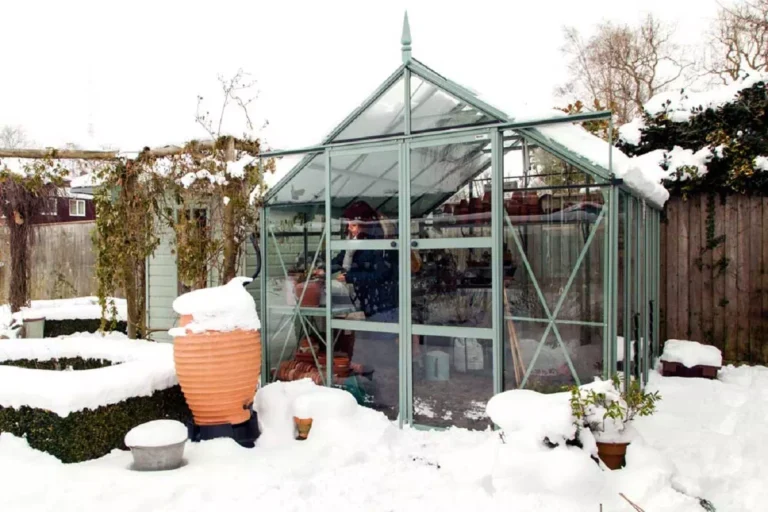
Some heat-loving plants, such as flower pots or container bushes, can be moved to protected rooms:
- Transfer to a greenhouse or garage : If possible, temporarily move them to a greenhouse, garage or other place that will protect from direct cold.
- Balconies and terraces : Protected areas near walls can partially protect plants from early frosts.
Protecting plants from frost requires careful preparation, but it will keep your garden healthy and ready for spring. Thanks to correctly selected mulching, the use of shelters, moistening the soil and providing additional protection for young and sensitive plants, you will be able to effectively protect your garden from the first frosts and cold weather.

